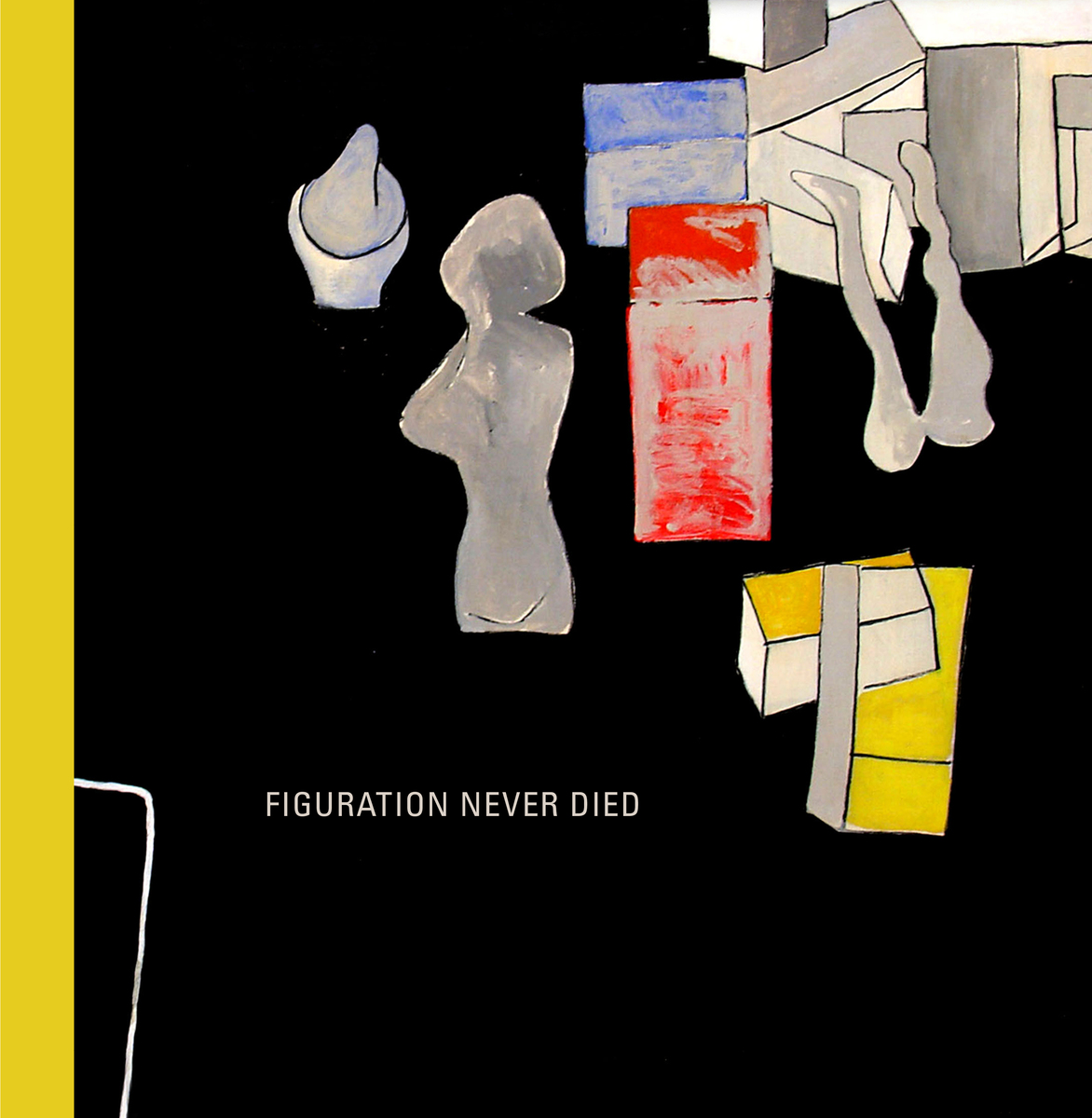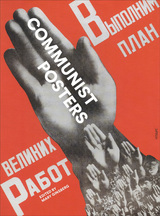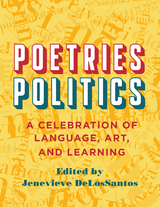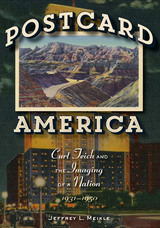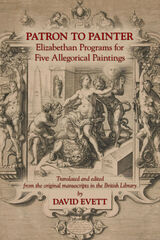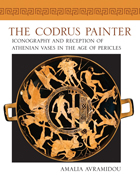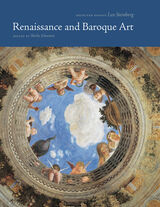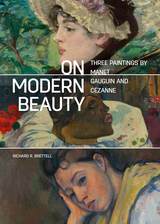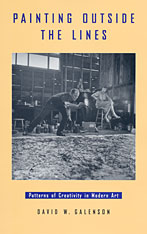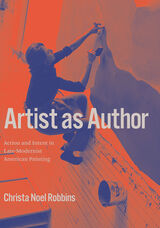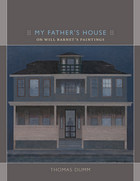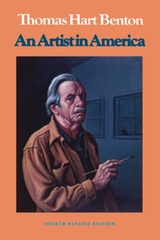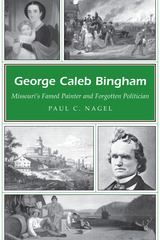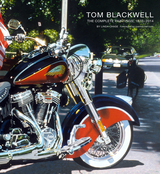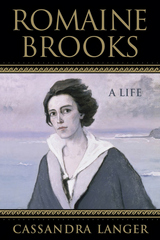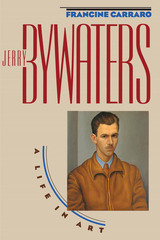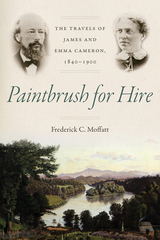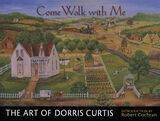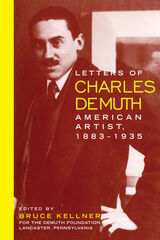Figuration Never Died: New York Painterly Painting, 1950–1970
The Artist Book Foundation, 2020
Cloth: 978-1-7329864-3-5 | eISBN: 979-8-9872281-2-8
Library of Congress Classification ND212.5.F5W55 2020
Dewey Decimal Classification 759.13074
Cloth: 978-1-7329864-3-5 | eISBN: 979-8-9872281-2-8
Library of Congress Classification ND212.5.F5W55 2020
Dewey Decimal Classification 759.13074
ABOUT THIS BOOK | AUTHOR BIOGRAPHY | TOC | EXCERPT
ABOUT THIS BOOK
By about 1950, forward-looking New York painting was seen as synonymous with abstraction, especially charged, gestural Abstract Expressionism. But there was also a strong group of dissenters: artists, all born in the 1920s and many of them students of Hans Hofmann, who never lost their enthusiasm for recognizable imagery, without rejecting Abstract Expressionism’s love of malleable oil paint. Although most of them began as abstract artists, they all evolved into painters working from observation, using a fluid, urgent touch to translate their perceptions into eloquent, highly individualized visual languages, almost always informed by the hand; that is, unlike the Color Field and Minimalist artists, these artists remained, for the most part, “painterly” painters. In light of their important contributions to twentieth-century American art, The Artist Book Foundation presents the catalogue for the Brattleboro Museum & Art Center's eponymous 2020 exhibition, Figuration Never Died: New York Painterly Painting, 1950–1970.
These rebellious artists include Lois Dodd, Jane Freilicher, Paul Georges, Grace Hartigan, Wolf Kahn, Alex Katz, Albert Kresch, Robert de Niro Sr., Paul Resika, and Anne Tabachnick. The compelling figurative work they made between about 1950 and 1970, in contrast to the prevailing Abstract Expressionism of the time, constitutes a significant chapter in the history of recent American Modernism. Their work not only greatly expands our conception of the story of New York painting, but it also presages and contextualizes today’s multiplicity of artistic concepts and processes. Given both the aesthetic diversity of today’s New York art world and the dependence of many younger artists on digital media or the appearance of digital media, it seems an appropriate moment to reconsider the work of these daring pioneers, as both precursor and opposition to current norms. It is especially important to do this now, while some of these artists are still alive.
These rebellious artists include Lois Dodd, Jane Freilicher, Paul Georges, Grace Hartigan, Wolf Kahn, Alex Katz, Albert Kresch, Robert de Niro Sr., Paul Resika, and Anne Tabachnick. The compelling figurative work they made between about 1950 and 1970, in contrast to the prevailing Abstract Expressionism of the time, constitutes a significant chapter in the history of recent American Modernism. Their work not only greatly expands our conception of the story of New York painting, but it also presages and contextualizes today’s multiplicity of artistic concepts and processes. Given both the aesthetic diversity of today’s New York art world and the dependence of many younger artists on digital media or the appearance of digital media, it seems an appropriate moment to reconsider the work of these daring pioneers, as both precursor and opposition to current norms. It is especially important to do this now, while some of these artists are still alive.
See other books on: Collections, Catalogs, Exhibitions | Exhibitions | Modernism (Art) | Portraits | Women Artists
See other titles from The Artist Book Foundation
